Confused About Carbon?
5 Things Every Farmer Must Know About Carbon
There’s a lot of talk today about reducing and removing carbon. But what about managing carbon effectively on the farm to get more from every acre, animal and gallon of manure? Continue reading to learn about the 5 things every farmer must know about carbon.
“Carbon is the limiting nutrient in crop production,” notes Dr. Jim Ladlie, founder and CEO of ProfitProAG. “It makes up 45% of the plants we grow, plus 19% of the earth’s carbon is in plants. It’s the energy that drives the whole system of crop production.”
Carbon includes live and dead plant leaves, stems, roots, biomass, residue, the mulch layer, soil organic matter, manure, humus and humic acids. Soil carbon is the key to all physical, chemical and biological processes that improve soil health and lead to healthier, higher-yielding crops.
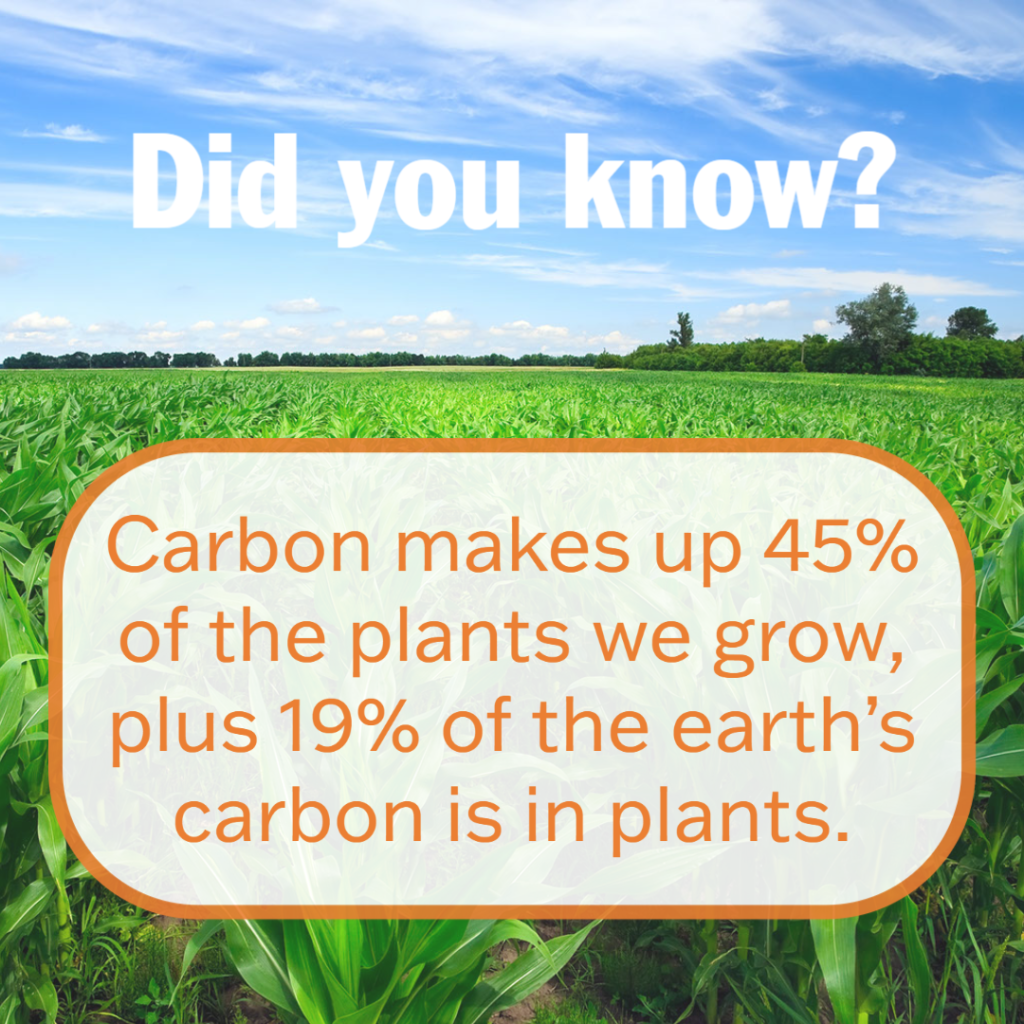
Here are 5 things every farmer must know about carbon to produce healthier crops that provide more nutritious feed for livestock and supply more nutrient-dense food for people:
1. Carbon is key to nutrient cycling in the soil.
All forms of carbon are important. When managed properly on the farm, carbon helps:
• Reduce soil erosion
• Enhance water infiltration for less runoff
• Protect water quality
• Decrease soil compaction
• Improve soil tilth and structure
• Boost beneficial biological activity in the soil
• Reduce fertilizer inputs
• Increase soils’ capacity to handle manure and other wastes
Proper carbon management also lends greater resiliency to soils, which helps crops better manage weather-related stresses like dry conditions. “Soil high in carbon is rich in organic matter that releases nutrients to crops,” says Don Reicosky, a retired U.S. Department of Agriculture (USDA) Agricultural Research Service (ARS) soil scientist who has been a guest speaker at ProfitProAG meetings. “Soil organic matter also acts like a ‘sponge’ for water retention and release to plants. Carbon is our greatest water management tool.”
2. Focusing on CASH farming pays off.
“Conservation Agriculture Soil Health (CASH) farming supports soil organic carbon,” Reicosky says. “True conservation is carbon management,” adds Reicosky, who notes that CASH farming works when you have continuous residue cover, minimal soil disturbance and diverse crop rotations and/or cover crops. CASH farming follows four principles of soil health: 1.) Keep the soil covered at all times. 2.) Disturb the soil as little as possible. 3.) Incorporate as many different species of plants and animals as practical. 4.) Keep living roots in the soil as long as possible.
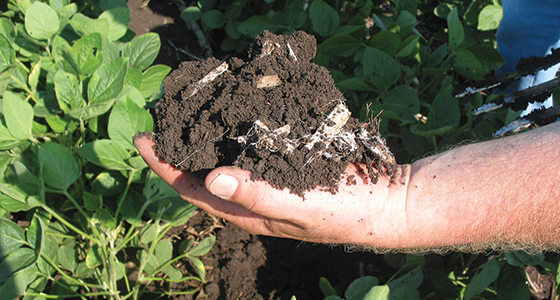
3. You are not in control—nature is.
CASH farming is based on biological principles that let you farm in harmony with nature. Ladlie is concerned, however, that too many farmers are taking a less sustainable approach by working soil when it’s too wet, planting too early and relying primarily on high salt fertilizers and fungicide chemicals to keep their crop healthy during the growing season, without focusing enough attention or effort on building soil health. “Then they wonder why their corn is dying prematurely in September and leaving test weight behind,” he says. “If you want to farm sustainably, you need to understand carbon cycling and why it’s the heart of building soil organic matter and improving soil health.”
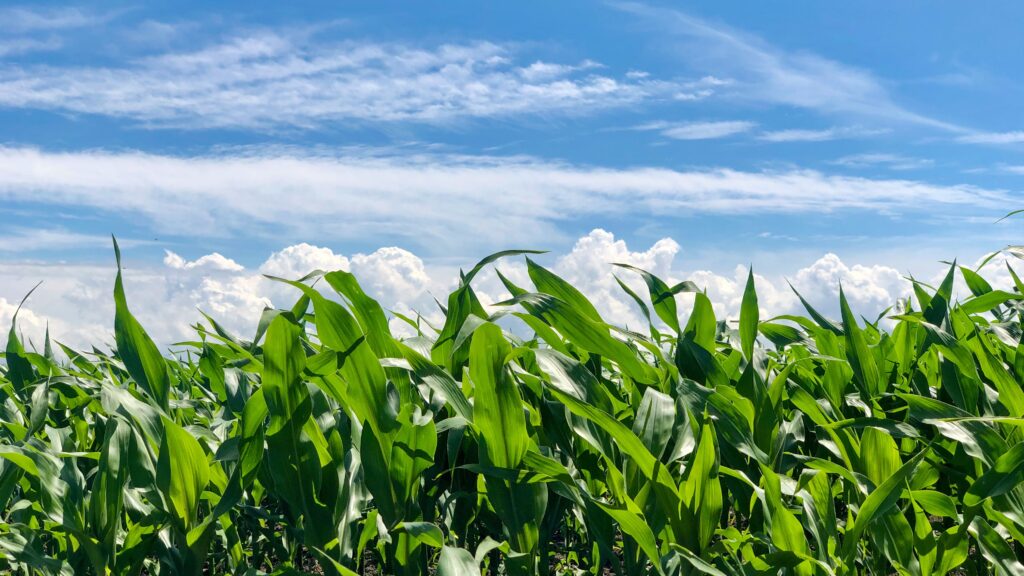
4. Carbon management helps you grow high-yielding, nutrient-dense food.
When carbon cycling is working properly in your soils, you’ll raise healthier crops with greater potential to produce higher test weights, stronger yields and more nutritious food. Want to know if you’re managing carbon properly on your farm?
Try the Brix test, which measures the percent of dissolved sugars in plant sap. These sugar levels are correlated with the plant’s food-producing efficiency (photosynthesis) and the nutrition contained in the plant, including protein, mineral content and more.
A Brix Test involves a simple, inexpensive tool called a refractometer to assess Brix levels in plants, right in the field. Brix levels are measured on a scale from 0 (poorest) to 32 (best). “Your goal is to produce crops with a Brix measurement of 12 or higher,” Ladlie says. “Anything below eight is not worthy of reproducing or eating. In fact, it’s nature’s garbage. Unfortunately, many of the crops we test, including corn, soybeans and forage, have Brix levels of four to six.” (Measuring Brix levels during the growing season is a key part of ProfitProAG’s Farming the Controllables system, which we’ll talk about more in a minute.)
5. Carbon is the future of farming—literally.
If you want to build greater resiliency, sustainability, consistency and profitability into your farming operation, you must make carbon management a priority. “Our future is tied to how much carbon we can keep in the soil,” Reicosky says. “Our big job is capturing the carbon with plants and getting it into the soil to contribute to the soil organic matter build up, which enhances water holding capacity and nutrient cycling for subsequent crops.”
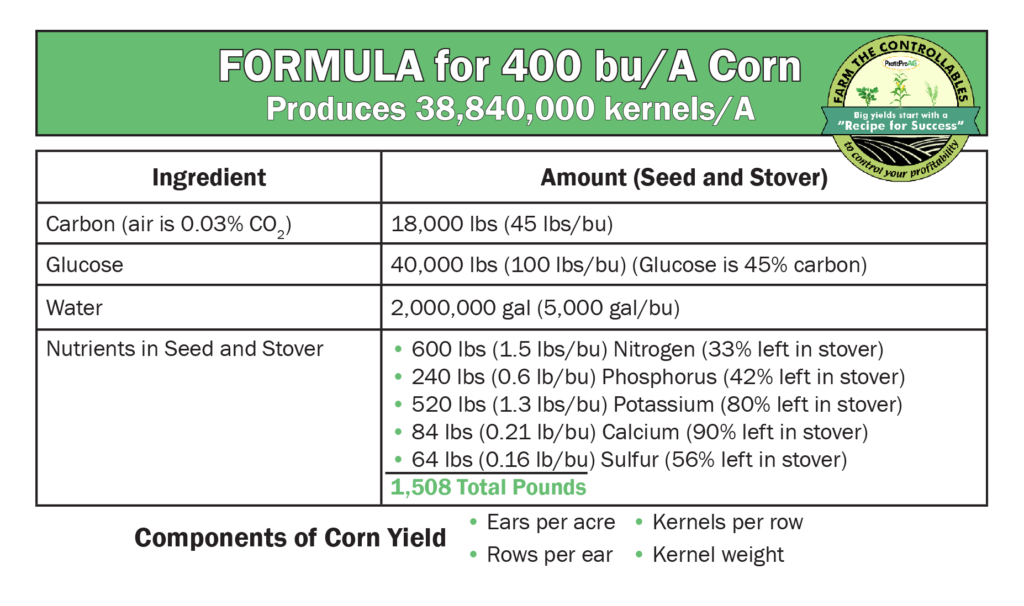

"Recipe for Success"
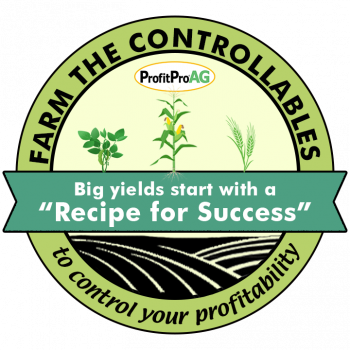
The “Recipe for Success” makes carbon management simple
Maybe you like what you’re hearing, but you’re feeling a bit overwhelmed, too. You want to manage carbon more effectively, but where do you start?
It’s all about controlling the controllables, Ladlie says. That’s why ProfitProAG has created the “Recipe for Success” program that is customized to each farm’s needs. “The “Recipe for Success” isn’t a cookie-cutter plan,” Ladlie says. “Each “Recipe for Success” is tailored to your acres, whether you raise corn, soybeans, small grains, forages or cover crops.”
Try the "Recipe for Success" if you want to:
- Build healthier soils, which produce healthier crops that nourish healthier livestock.
- Cut your fertilizer bill, by unlocking nutrients that are already in your crop residue and soil.
- Boost your crops’ resilience and yield potential, no matter what Mother Nature brings.
The “Recipe for Success” is a three-phase plan that helps you control the controllables too manage carbon more effectively:
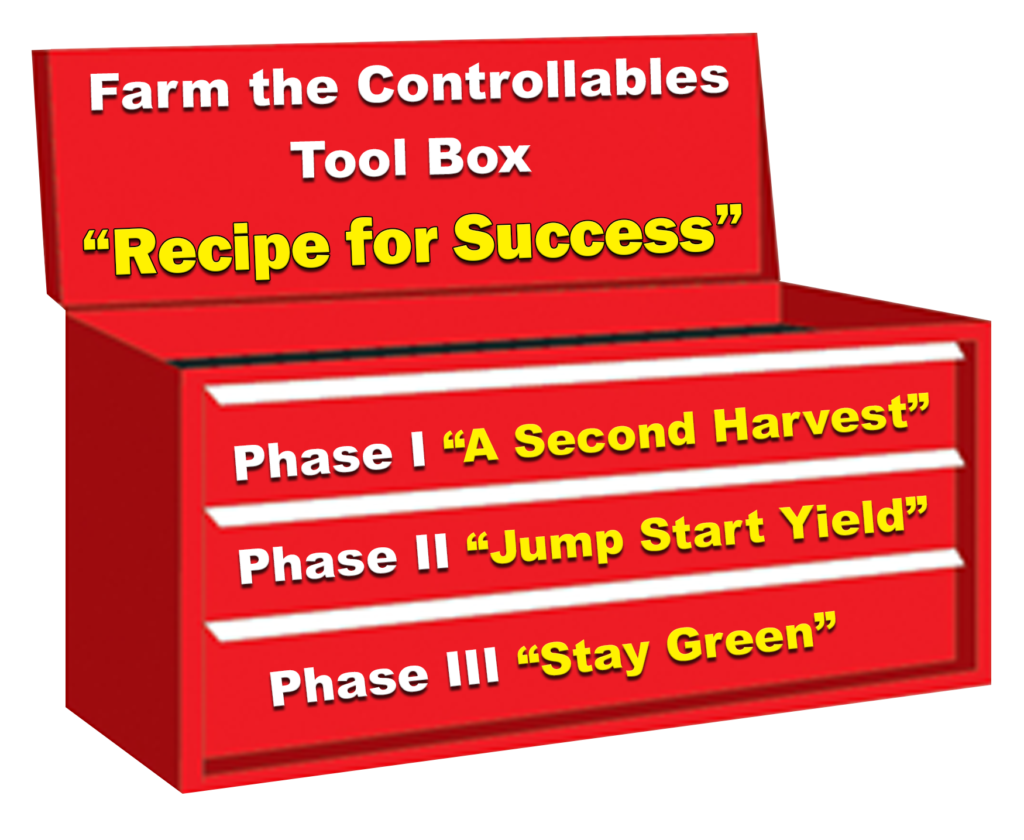
- Phase I Residue Management. Don’t put your sprayer away too early in the season! Residue management is a “second harvest” in the fall focused on the efficient breakdown of crop residue to improve soil health and boost nutrient retention/availability, nitrogen fixation, water infiltration, and carbon release to feed the crop during the growing season. It also helps reduce residual insect and disease pressure. You start this important process when you spray our residue management product (which is packed with beneficial microbes) on your crop residue after harvest. The key benefit is improved nutrient cycling from the crop residue break down, which can help lower your fertilizer bill. You have valuable nutrients just sitting out there in your stover, which can take years to break down. Residue management makes this process more efficient and cost-effective.
- Phase II At-Plant. Jump start your yield, and get your crop off to a strong start with early-season plant health and vigor. Biological seed coatings and the right starter package supply key nutrients to seedlings and enhance plant health all season long. Establishing healthy plants below and above ground is critical to maximizing the crop’s genetic yield potential.
- Phase III In-Season. Stay green to the finish! This phase helps mitigate plant stress, which is critical when the reproductive phase of yield development begins. Foliar application of nutrients, energy and stress-reducing technology builds resilience and uniformity in a crop-production system. The end result is increased seed numbers, weight and nutrient density in grains. Forages show improved nutrient content, energy, taste, storability and reduced mycotoxins. (Remember the Brix test we mentioned earlier in this article? This is where it comes in.)
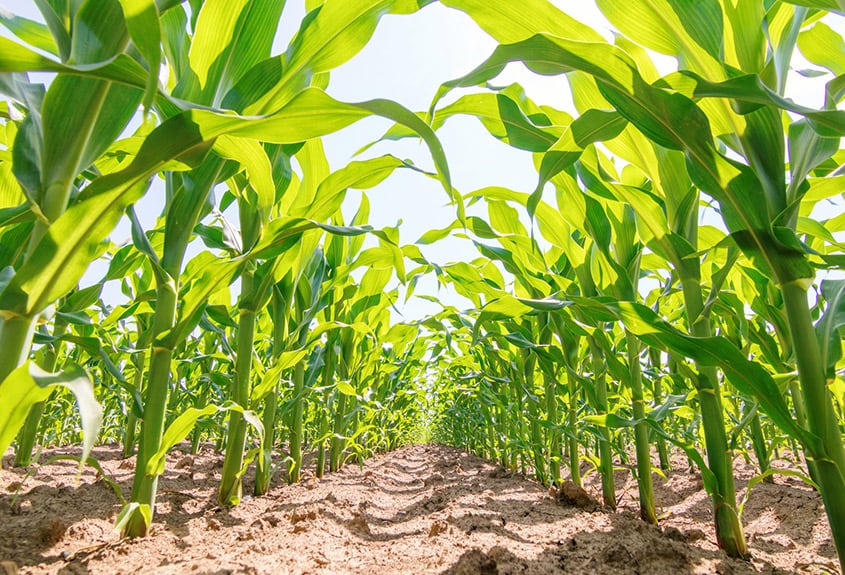
The “Recipe for Success” isn’t guesswork. We encourage growers to use the Haney soil health test to measure what’s working. Like traditional soil tests, the Haney Test measures the key macro- and micronutrients needed for crop growth. The Haney Test differs from traditional soil tests, however, since it also evaluates various soil health indicators, such as soil respiration (to learn more about the Haney Test, click here).
“If you want to grow higher-yielding crops with better grain quality, it’s essential to understand proper carbon management and work with these natural cycles,” Ladlie says. “Carbon management provides the building blocks your crops need to succeed. Take a look at how the “Recipe for Success” can help you put these building blocks in place on your farm.”